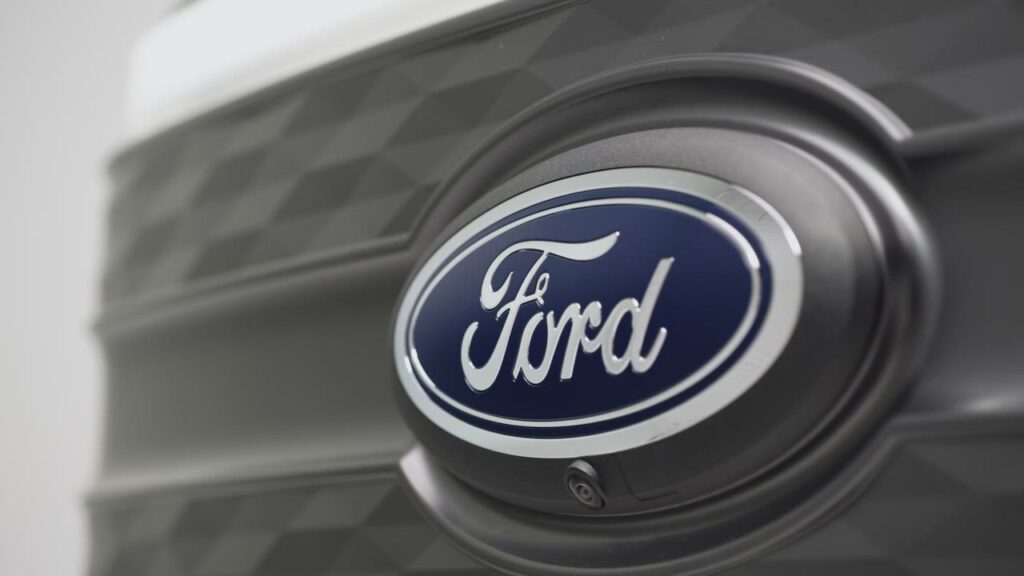Fast-charging the Ford F-150 Lightning Lariat we bought is generally boring: pull up to a charger, plug in, fumble with an app, and hope the station works as advertised. Typically, we then look for something to do—or at least a restroom to use—while we charge. Convenience store giant 7-Eleven is ready to provide that “something else to do” while charging your EV. Announced in early March, the new nationwide “7Charge” DC fast-charging network is coming to a location near you. With our F-150 Lightning electric pickup in need of juice and one of the few active 7Charge stations in the country nearby, we decided to check it out.
EV Charging At 7-Eleven’s 7Charge
Currently live in California (four chargers), Colorado (five), Texas (eight), and Florida (16), 7-Eleven says its network is planned to be “one of the largest and most compatible fast-charging networks of any retailer in North America … including Speedway and Stripes stores,” focusing initially on “neighborhoods that have, until now, lacked access.”
The lone station in Southern California is in Long Beach, and although this area of southern Los Angeles County isn’t particularly lacking in chargers (two 62-kW ChargePoints and a 50-kW EVgo station are a few minutes’ drive away, and 150- and 350-kW chargers are 20 minutes distant), the 7Charge-branded station is the quickest currently in its immediate neighborhood. The single tower is rated for 90 kW and sports both CCS and CHAdeMO plugs. The former will charge EVs like our Lightning; the latter is a dying standard commonly used by the Nissan Leaf. Teslas can use the 7Charge station, too, via a CCS or CHAdeMO adapter.
Our F-150 Lightning was on the EV equivalent of fumes, sitting at 13 percent charge and 30 miles of range, when we plugged in. You activate the station through the clunky but functional 7Charge app. The Lightning said the stop would take a little over an hour to hit 80 percent, so we looked for ways to entertain ourselves. Thankfully a store full of distractions was mere feet away. Having spent five minutes and $3.58 on a coffee and a hot chocolate (our photographers have the palates of children), we returned to the Lightning to nurse our drinks, chit-chat, and kill time.
About a half hour later, we went back into 7-Eleven to hit the restroom and grab some food. The location didn’t have a public restroom, but the sympathetic clerk made an exception after we explained we were using the 7Charge station. We then went shopping and came out with two taquitos, some Goldfish crackers, a bag of chips, some water, two Starbucks Double Shots, an extra-large Coke Slurpee, and a sweet 7-Eleven trucker hat. We spent an additional $29.83 on boredom retail. Just half a bag of chips and a single Double Shot remained by the time our Lightning notified us its pack was sitting at 80 percent charge and 227 miles of range. The 87.619 kW our Ford consumed cost $51.70 at an expensive $0.59 per kW, as well as an hour and 11 minutes of our time, the price of the snacks, and possibly some heart health.
How Long Does It Take To Charge An F-150 Lightning?
The time and dollars are a steep price to pay for a charge from 10 to 80 percent, a typical cycle for many EV owners. By sheer coincidence, the last fast charge we completed with our Lightning prior to our 7Charge visit was at a 350-kW Electrify America station. That instance took the truck’s pack from 17 to 80 percent in 38 minutes, adding 86.135 kW for $41.28. That’s $10.42 and 35 minutes less than the 7Charge station, not including snacks.
Regardless of the price, truth be told, even that 35 minutes spent charging at a 350-kW station was too long. Our Lightning has the massive, 130-kWh Extended Range battery pack, and its peak charge rate—that is, the maximum speed at which it can receive energy—is 178 kW. While the Lightning impresses in holding that peak until it reaches about a 65 percent state of charge (dropping down to about 120 kW by the time it hits 80 percent), it still takes on average about 40 minutes to add enough range to the Ford’s battery to continue a highway journey. Should you need more from a fast charger, it’s worth keeping in mind that in all EVs the charge rate drops the fuller the battery is, to about 50 kW from 80 to 90 percent, and to the low teens north of 90 percent.
We love that Ford has been aggressive in adding features like YouTube to our Lightning via over-the-air software updates, but what we’d really love is for it to improve the Lightning’s peak charge rate with an update, similar to how Rivian has in our long-term R1T test truck, improving its rate from 190 to 220 kW.
As for 7Charge, we reached out to 7-Eleven to see if the company could shed some light on its pricing, charge speed, and rollout plans, but we haven’t heard back as of publication. Part of us wonders if its charger’s 90-kW rate was chosen to encourage EV drivers to spend more time shopping in its stores. Little does 7-Eleven know, we’d do that anyway.

